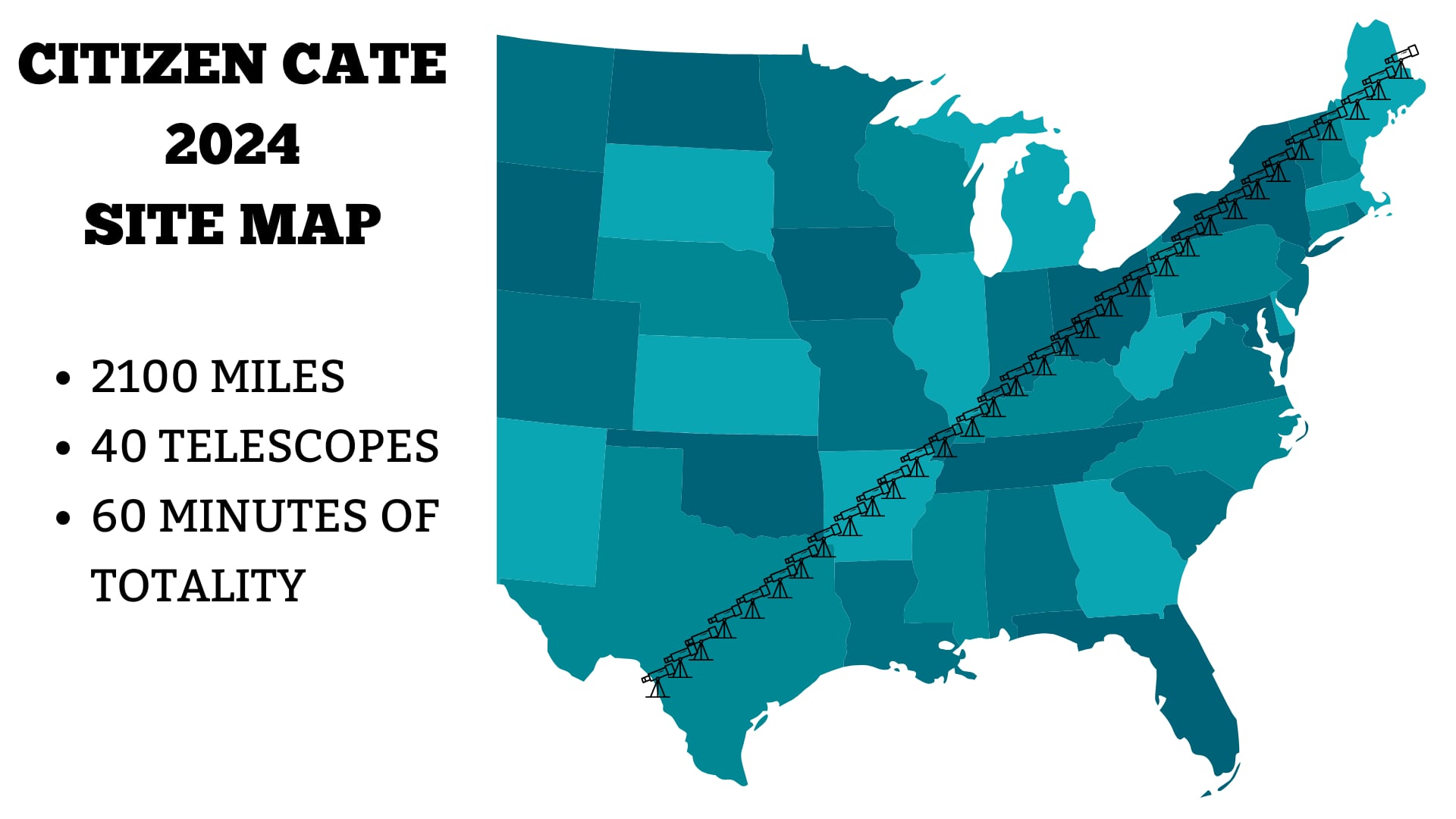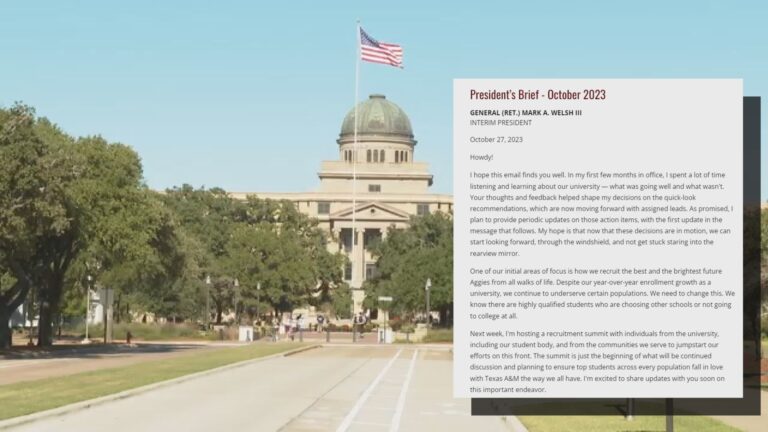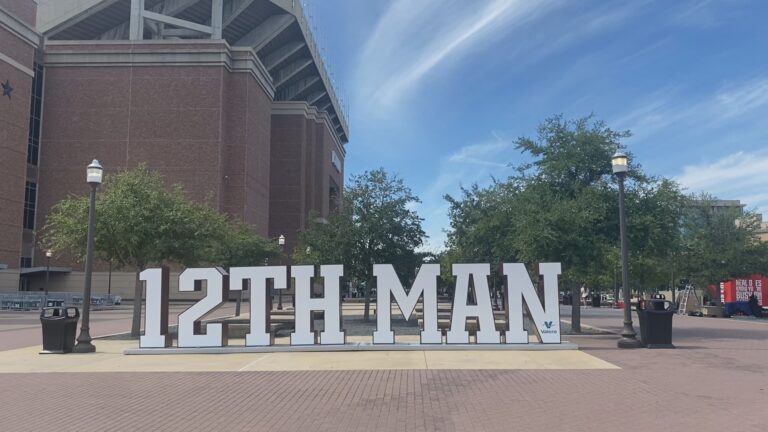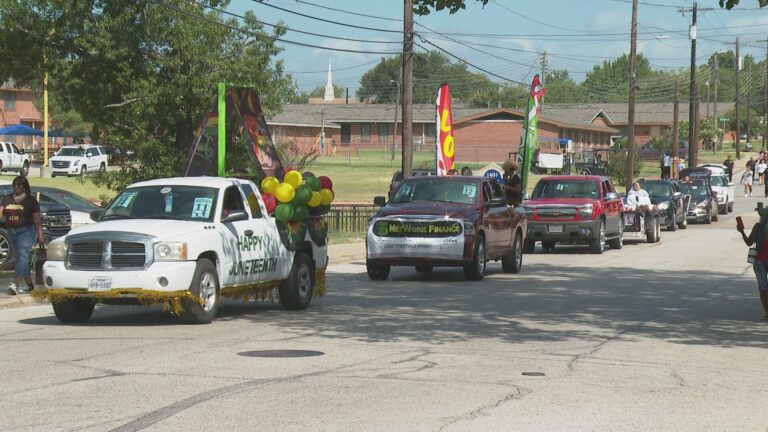Citizen Science for the Total Solar Eclipse
BRYAN, Texas (KBTX) – Texas A&M Atmospheric Sciences and the Brazos Valley Museum of Natural History have partnered up with NASA to join in on a relay race for science called, Citizen CATE 2024.
Citizen CATE 2024 is an acronym that stands for Citizen Continental-American Telescope Eclipse of 2024. It is a project that is put on by the Southwestern Research Institute in correlation with NASA. Volunteers from all over the country will be participating in an observation relay stretching 2100 miles along the path of totality from Laredo, Texas up to Houlton, Maine. The Brazos Valley team is just one of 35 sites that will collect observations during the total solar eclipse on April 8th.
Total Solar Eclipse Path Across Texas – April 8th
Each of the 35 sites are strategically placed along the path of totality so that their observations partially overlap with the sites directly to their south and north. This ensures that there will be no gaps in the data, even if one site’s view is obstructed by clouds, or there is malfunction with their equipment. The Brazos Valley team will be set up at Site Five on 25 acres just north of Killeen.
Solar Eclipse – April 8th, 2024
In order to make these observations, NASA has donated specialized cameras and telescopes to each site. What is potentially even more exciting, is the fact that each site gets to keep the equipment for future community use. Site Five’s telescope will be stored at the museum, however it will be available to the community to use. Texas A&M Atmospheric Sciences already has plans to put it to use during the university’s annual Physics Fest, while the Brazos Valley Museum of Natural History has their sights set on launching a new space education exhibit.
Each of the 35 sites has been instructed to record four minutes of observations during the peak of the eclipse, with an end goal of stitching them together to create one seamless video of the total solar eclipse as it crosses over the United States. This will allow astronomers to study coronal imaging during a solar eclipse unlike ever before. So, despite the forecasted cloud cover, each site has been instructed to continue recording no matter what, because even the smallest clearing in the clouds will provide crucial information for the project.
Wednesday’s data for potential cloud coverage midday Monday, April 8th
Rain or shine, the Brazos Valley Museum and A&M Meteorology team will be set up Monday afternoon to catch this once-in-a-lifetime event, and members of your Pinpoint Weather team will be joining them to bring you coverage directly from the path of totality!
Happy eclipse viewing!







